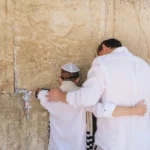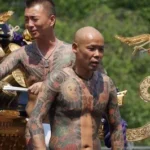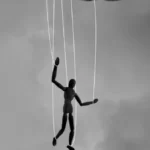The concept of the folk-urban continuum is pivotal in understanding the transitions and transformations within societies as they evolve from traditional, rural communities to modern, urban centers. This continuum provides a framework to analyze the gradations between the ‘folk’ (rural, traditional) and the ‘urban’ (modern, industrialized) societies. Initially proposed by sociologist Robert Redfield in the mid-20th century, the folk-urban continuum examines the cultural, social, and economic changes that accompany urbanization. This essay outlines and explains the concept, its theoretical underpinnings, and its implications for sociological research.
Theoretical Foundations
Robert Redfield’s Contribution
Robert Redfield, an American anthropologist, first articulated the idea of the folk-urban continuum in his studies of Mexican communities. Redfield’s observations highlighted the stark contrasts and subtle continuities between rural and urban societies. He posited that folk societies are small, isolated, homogeneous, and stable, characterized by a strong sense of community and tradition. In contrast, urban societies are large, heterogeneous, dynamic, and characterized by impersonal relationships and a reliance on formal institutions.
Continuum Concept
The notion of a continuum implies a spectrum rather than a dichotomy. Instead of viewing folk and urban societies as mutually exclusive categories, the continuum acknowledges varying degrees of transition and hybridity. This perspective allows for a more nuanced understanding of how societies transform and adapt, incorporating elements of both traditional and modern ways of life.
Key Characteristics of Folk and Urban Societies
Folk Societies
- Homogeneity: Folk societies are typically homogeneous in terms of ethnicity, language, and religion, fostering a shared cultural identity.
- Stability and Tradition: These societies value stability and adherence to tradition, with social norms and customs passed down through generations.
- Strong Community Ties: There is a high degree of social cohesion, with individuals’ identities closely tied to their community.
- Subsistence Economy: Economic activities are primarily subsistence-based, with a focus on agriculture and local crafts.
Urban Societies
- Heterogeneity: Urban societies are characterized by diversity in ethnicity, language, and cultural practices, leading to a pluralistic social environment.
- Change and Innovation: These societies are dynamic and constantly evolving, driven by technological advancements and cultural innovation.
- Impersonal Relationships: Social interactions are more formal and impersonal, often mediated by institutions and bureaucracies.
- Industrial Economy: The economy is industrial and service-oriented, with a reliance on complex economic systems and markets.
Analytical Dimensions of the Folk-Urban Continuum
Social Organization
Get the full article AD FREE. Join now for full access to all premium articles.
View Plans & Subscribe Already a member? Log in.














